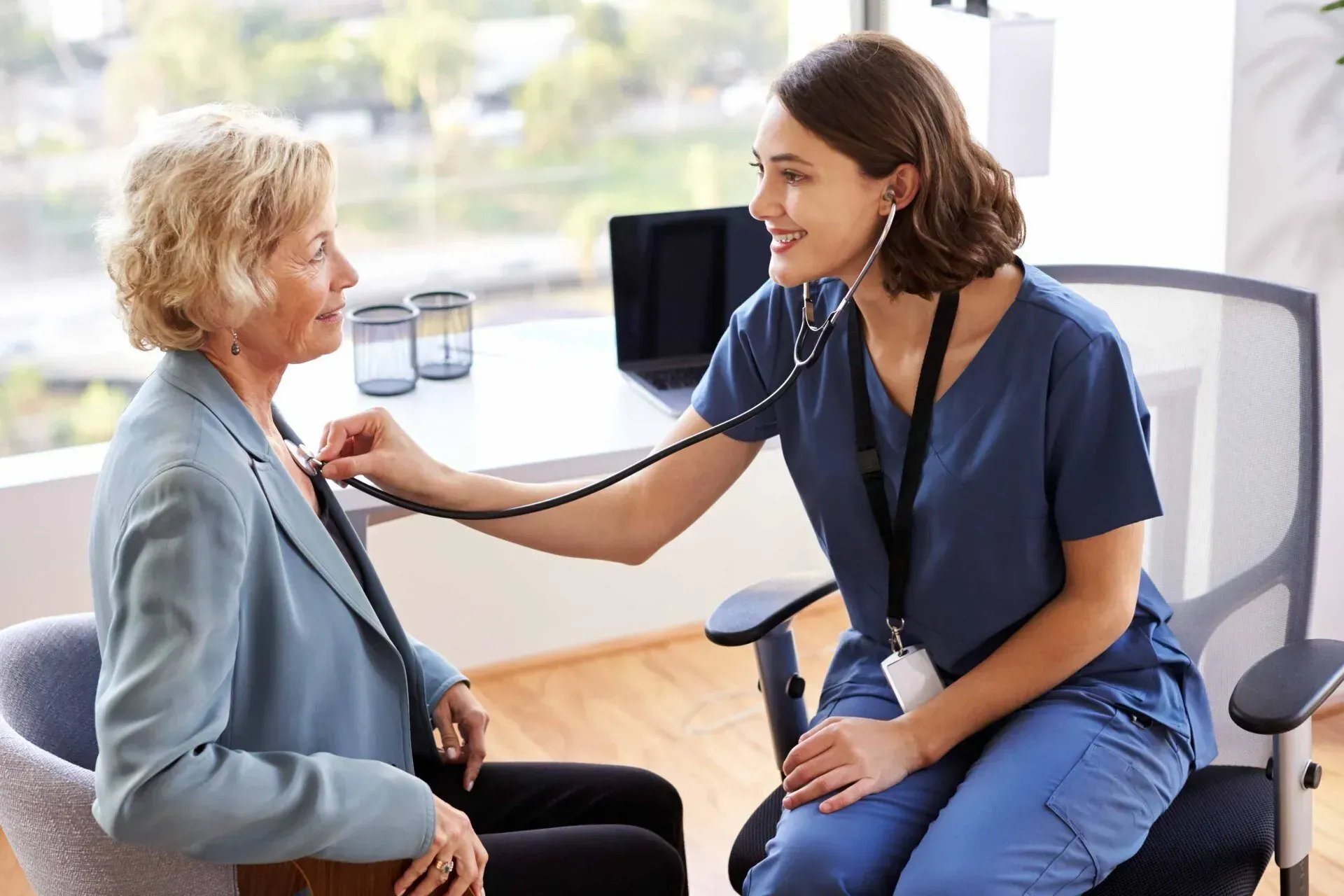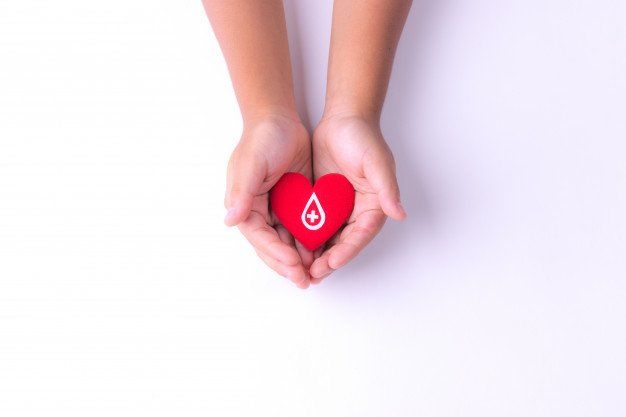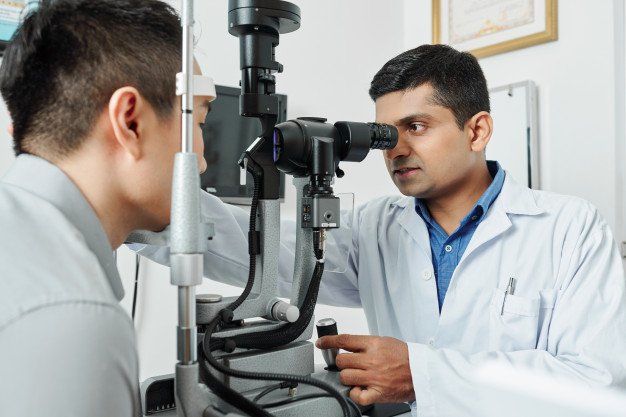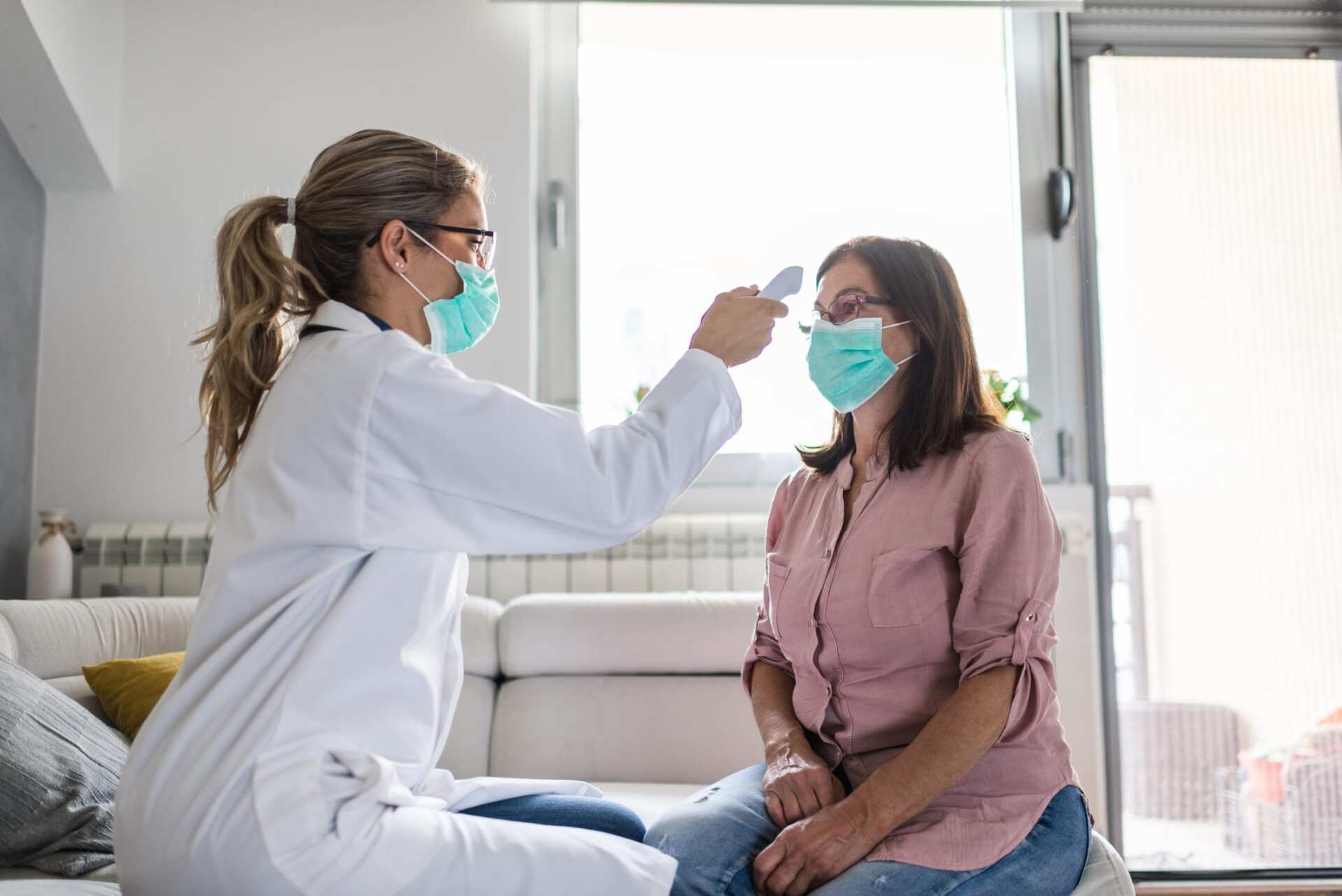Thanks For The Mammories

Thanks For The Mammories
Breast cancer is the abnormal growth of cells in the breast area and is the second most diagnosed cancer in the United States after skin cancer. The cancer is caused by cells dividing and accumulating more rapidly than healthy cells and can be identified through an x-ray or lump. Even though women are more commonly diagnosed with this form of cancer, men can also develop it.
Symptoms of Breast Cancer
The symptoms for breast cancer vary, but there are cases where an individual may not have any signs or symptoms at all. Nonetheless, it is important to frequently check your breast area to check for warning signs of cancer, and many of these check-up routines can be done by yourself.
Some warning signs are:
- New lump in the breast or underarm (armpit)
- Thickening or swelling of part of the breast
- Pain in any area of the breast
- Redness or flaky skin in the nipple area or the breast
- Nipple discharge other than breast milk, including blood
We recommend that you consult with your doctor immediately if you experience any of these symptoms. Although these symptoms are not always caused by breast cancer and can be an indication of other health issues, it is still important to talk with your doctor so they can identify the cause.
Risk Factors You Cannot Change:
- Getting older: The risk for breast cancer increases with age.
- Reproductive history: Early menstrual periods before age 12 and starting menopause after age 55 increases the risk.
- Family history of breast cancer: The risk of breast cancer is high if any person in your family has had it. However, the majority of people with the disease are shown to have no history of it.
- Radiation exposure or treatment. Women who had radiation therapy to the chest or breasts before age 30 have a higher risk.
- Obesity
- Exercise regularly and maintain a healthy lifestyle and weight
- Moderate and limit alcohol consumption
- Discuss with your doctor about breast cancer screenings
- Occasionally self-inspect your breasts for any abnormal changes or symptoms
Regularly examining your breasts on your own is an important way to find early signs of breast cancer that can even lead to success treatment. Follow the steps below to self-examine your breast. If you find any warning signs or lumps during these steps, do not hesitate to talk to your doctor.
Examine and inspect your breasts in the mirror with your shoulders straight and arms on your hips. If you see any of the warning signs previously stated above, then bring them to your doctor’s attention.- Next, raise your arms above your head and look for the same signs. Also check for any signs of fluid (watery, milky, blood) coming out from either or both nipples.
- Feel your breasts while lying down by placing your right hand on your left breast and left hand on your right breast. Keep your fingers flat and together and use a firm circular motion to feel every area on your breast.
- Finally, feel your breasts while sitting or standing with the same hand movements in the previous step.
Although a self-examination is an easy and no-cost tool, it is still important to regularly get screening tests and mammograms done to guarantee you are not at risk of breast cancer. It can help find the disease early before symptoms appear and can therefore give you a better chance of a successful treatment.
Sources:
- https://www.cdc.gov/cancer/breast/basic_info/risk_factors.htm
- https://www.mayoclinic.org/diseases-conditions/breast-cancer/symptoms-causes/syc-20352470
- https://www.breastcancer.org/symptoms/testing/types/self_exam
















